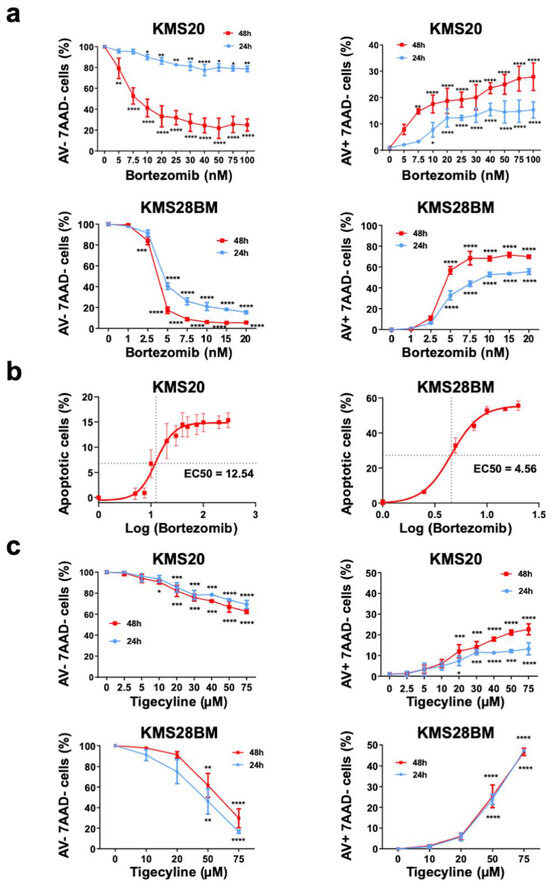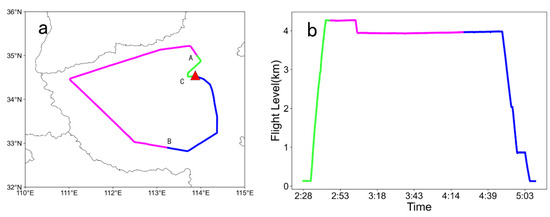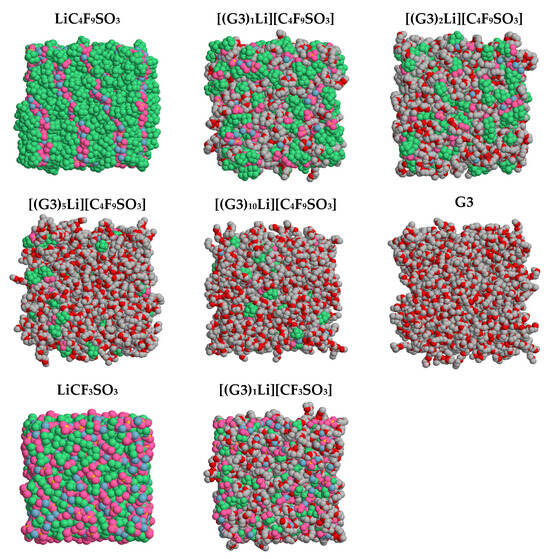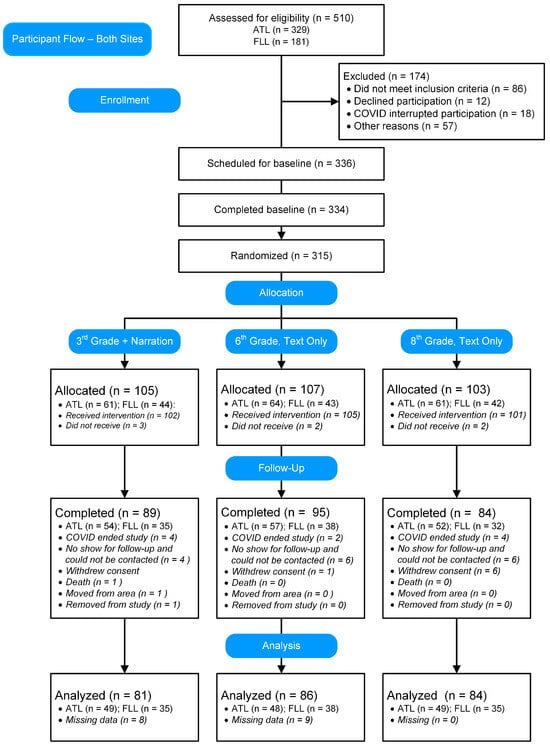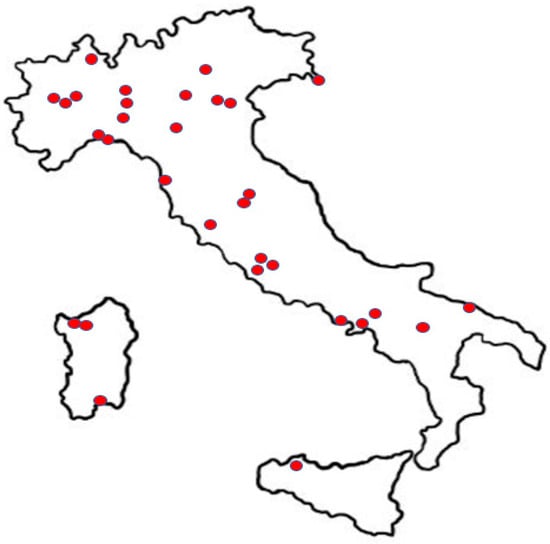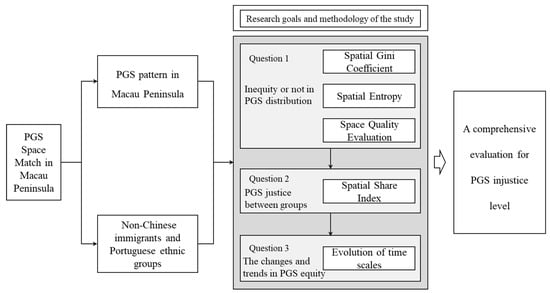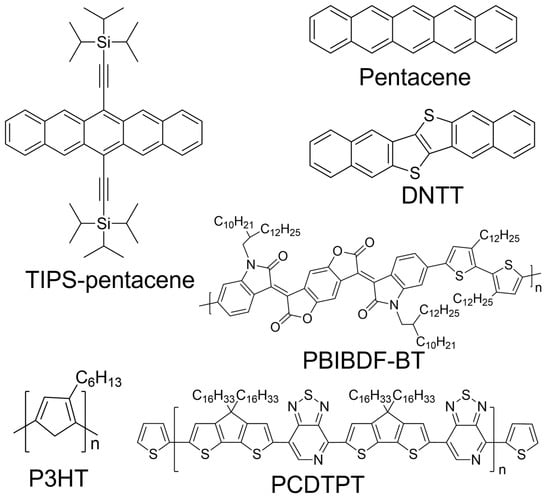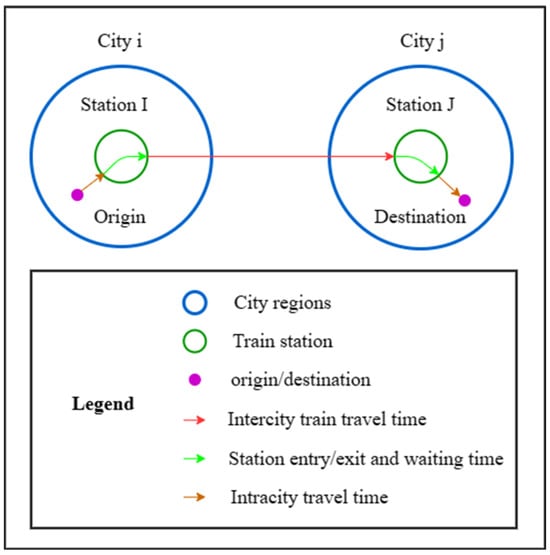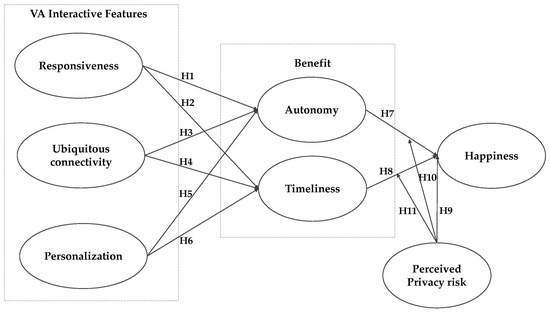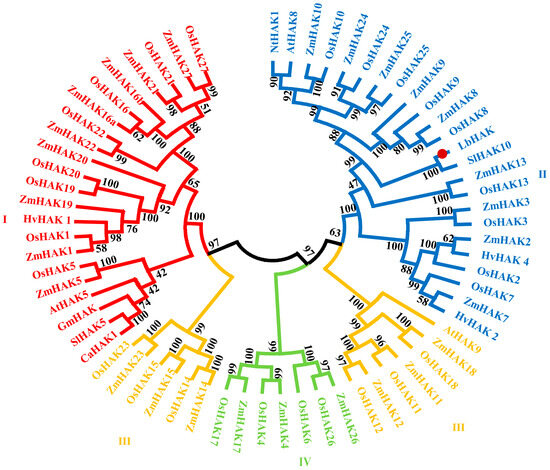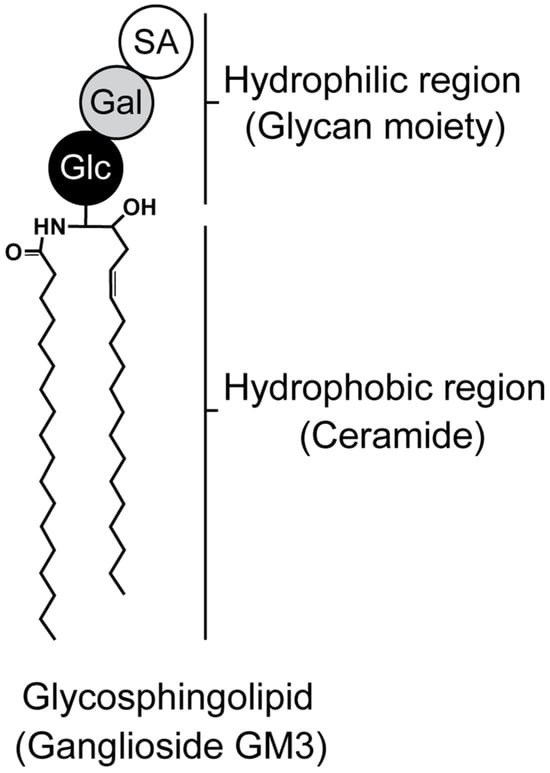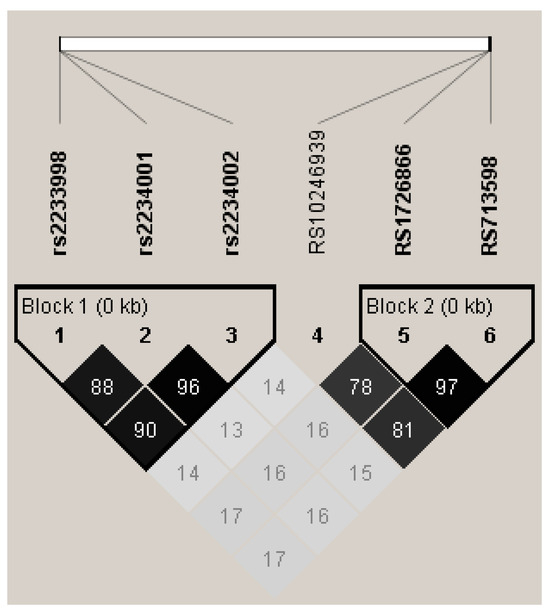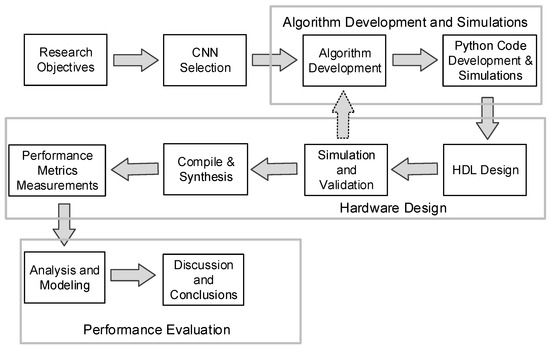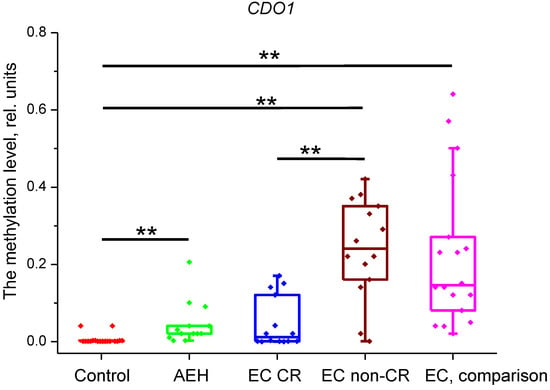An observational cohort study of patients diagnosed with endometrial cancer (EC) stage IA G1, or atypical endometrial hyperplasia (AEH), undergoing organ-preserving treatment, was conducted. Objective of the study: To determine
CDO1,
PITX2, and
CDH13 gene methylation levels in early endometrial cancer
[...] Read more.
An observational cohort study of patients diagnosed with endometrial cancer (EC) stage IA G1, or atypical endometrial hyperplasia (AEH), undergoing organ-preserving treatment, was conducted. Objective of the study: To determine
CDO1,
PITX2, and
CDH13 gene methylation levels in early endometrial cancer and atypical hyperplasia specimens obtained before organ-preserving treatment in the patients with adequate response and with insufficient response to hormonal treatment. Materials and methods: A total of 41 endometrial specimens obtained during diagnostic uterine curettage in women with EC (
n = 28) and AEH (
n = 13), willing to preserve reproductive function, were studied; 18 specimens of uterine cancer IA stage G1 from peri- and early postmenopausal women (comparison group) were included in the study. The control group included 18 endometrial specimens from healthy women obtained by diagnostic curettage for missed abortion and/or intrauterine adhesions. Methylation levels were analyzed using the modified MS-HRM method. Results: All 13 women with AEH had a complete response (CR) to medical treatment. In the group undergoing organ-preserving treatment for uterine cancer IA stage G1 (
n = 28), 14 patients had a complete response (EC CR group) and 14 did not (EC non-CR group). It was found that all groups had statistically significant differences in
CDO1 gene methylation levels compared to the control group (
p < 0.001) except for the EC CR group (
p = 0.21). The
p-value for the difference between EC CR and EC non-CR groups was <0.001. The differences in
PITX2 gene methylation levels between the control and study groups were also significantly different (
p < 0.001), except for the AEH group (
p = 0.21). For the difference between EC CR and EC non-CR groups, the
p-value was 0.43. For
CDH13 gene methylation levels, statistically significant differences were found between the control and EC non-CR groups (
p < 0.001), and the control and EC comparison groups (
p = 0.005). When comparing the EC CR group with EC non-CR group, the
p-value for this gene was <0.001. The simultaneous assessment of
CDO1 and
CDH13 genes methylation allowed for an accurate distinction between EC CR and EC non-CR groups (AUC = 0.96). Conclusion: The assessment of
CDO1 and
CDH13 gene methylation in endometrial specimens from patients with endometrial cancer (IA stage G1), scheduled for medical treatment, can predict the treatment outcome.
Full article
 IJMS
IMPACT
IJMS
IMPACT Applied Sciences
IMPACT
Applied Sciences
IMPACT Sustainability
IMPACT
Sustainability
IMPACT Sensors
IMPACT
Sensors
IMPACT JCM
IMPACT
JCM
IMPACT Energies
IMPACT
Energies
IMPACT Molecules
IMPACT
Molecules
IMPACT Materials
IMPACT
Materials
IMPACT Remote Sensing
IMPACT
Remote Sensing
IMPACT Cancers
IMPACT
Cancers
IMPACT Electronics
IMPACT
Electronics
IMPACT Mathematics
IMPACT
Mathematics
IMPACT Foods
IMPACT
Foods
IMPACT Buildings
IMPACT
Buildings
IMPACT Plants
IMPACT
Plants
IMPACT Nutrients
IMPACT
Nutrients
IMPACT Animals
IMPACT
Animals
IMPACT Polymers
IMPACT
Polymers
IMPACT Water
IMPACT
Water
IMPACT Diagnostics
IMPACT
Diagnostics
IMPACT Biomedicines
IMPACT
Biomedicines
IMPACT Agronomy
IMPACT
Agronomy
IMPACT Microorganisms
IMPACT
Microorganisms
IMPACT Processes
IMPACT
Processes
IMPACT Healthcare
IMPACT
Healthcare
IMPACT Forests
IMPACT
Forests
IMPACT Cells
IMPACT
Cells
IMPACT JMSE
IMPACT
JMSE
IMPACT Medicina
IMPACT
Medicina
IMPACT Viruses
IMPACT
Viruses
IMPACT Agriculture
IMPACT
Agriculture
IMPACT Nanomaterials
IMPACT
Nanomaterials
IMPACT IJERPH
IJERPH
 Land
IMPACT
Land
IMPACT Pharmaceutics
IMPACT
Pharmaceutics
IMPACT Pharmaceuticals
IMPACT
Pharmaceuticals
IMPACT Religions
IMPACT
Religions
IMPACT Biomolecules
IMPACT
Biomolecules
IMPACT Life
IMPACT
Life
IMPACT Micromachines
IMPACT
Micromachines
IMPACT Atmosphere
IMPACT
Atmosphere
IMPACT Antioxidants
IMPACT
Antioxidants
IMPACT Genes
IMPACT
Genes
IMPACT Metals
IMPACT
Metals
IMPACT Symmetry
IMPACT
Symmetry
IMPACT Children
IMPACT
Children
IMPACT Coatings
IMPACT
Coatings
IMPACT Vaccines
IMPACT
Vaccines
IMPACT Horticulturae
IMPACT
Horticulturae
IMPACT Education Sciences
IMPACT
Education Sciences
IMPACT Minerals
IMPACT
Minerals
IMPACT Brain Sciences
IMPACT
Brain Sciences
IMPACT JPM
IMPACT
JPM
IMPACT Bioengineering
IMPACT
Bioengineering
IMPACT




